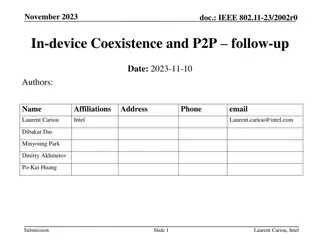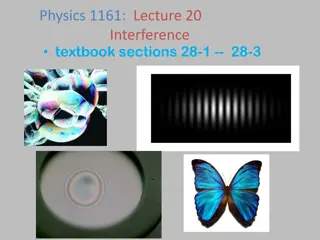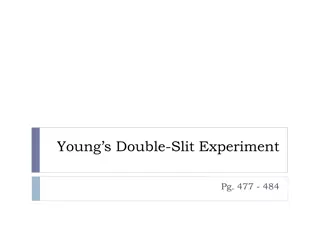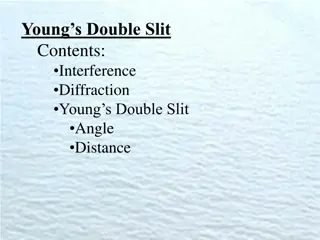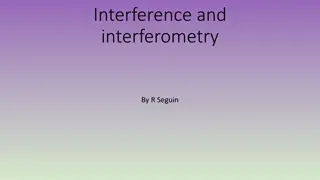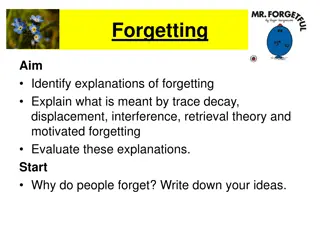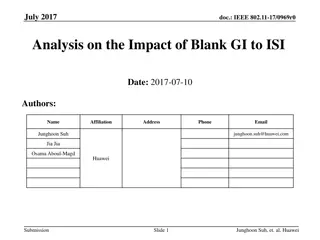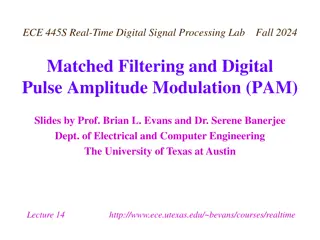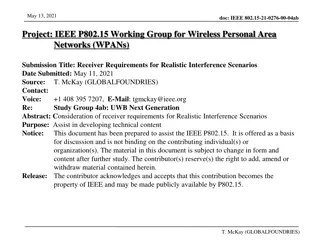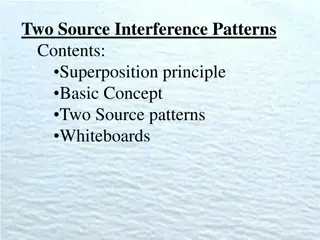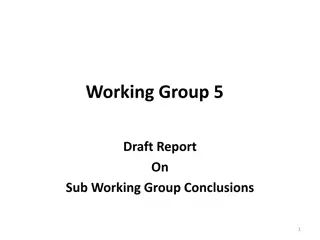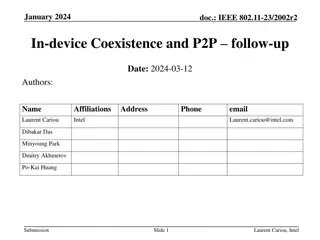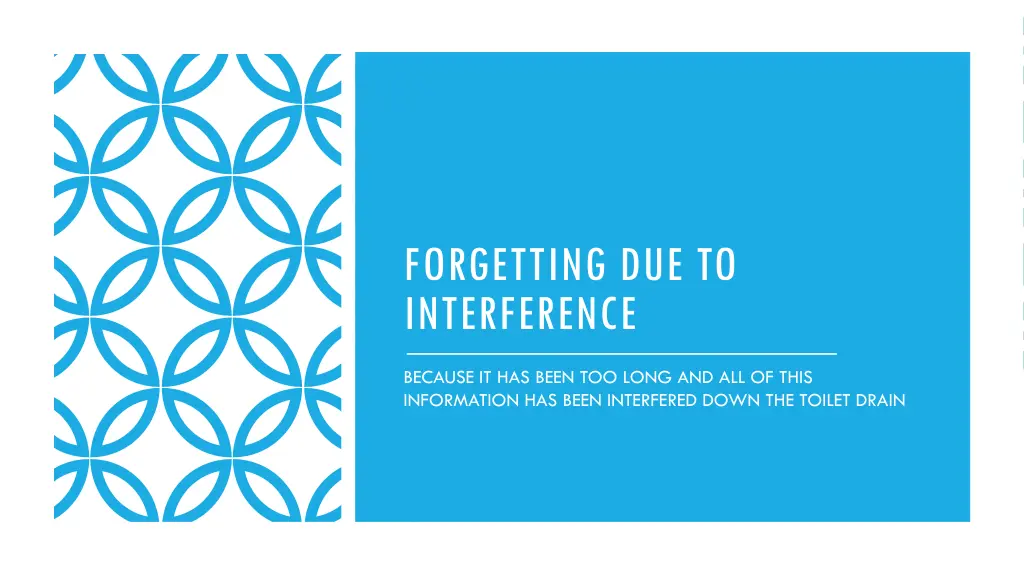
Understanding Memory Interference: Types and Applications
Explore the concept of memory interference, including proactive and retroactive interference, how it impacts memory retention, and its relevance in various fields such as advertising. Discover the strengths and weaknesses of interference theory in explaining forgetting.
Download Presentation

Please find below an Image/Link to download the presentation.
The content on the website is provided AS IS for your information and personal use only. It may not be sold, licensed, or shared on other websites without obtaining consent from the author. If you encounter any issues during the download, it is possible that the publisher has removed the file from their server.
You are allowed to download the files provided on this website for personal or commercial use, subject to the condition that they are used lawfully. All files are the property of their respective owners.
The content on the website is provided AS IS for your information and personal use only. It may not be sold, licensed, or shared on other websites without obtaining consent from the author.
E N D
Presentation Transcript
FORGETTING DUE TO INTERFERENCE BECAUSE IT HAS BEEN TOO LONG AND ALL OF THIS INFORMATION HAS BEEN INTERFERED DOWN THE TOILET DRAIN
WHAT ACTUALLY IS IT? I DONT KNOW Interference is one memory disrupting the ability to recall another. It is more likely to occur if the two pieces of information are similar like two different phone numbers, or two book quotes. There are two different types of interference: Proactive interference and Retroactive interference.
This is interference in which a previously learned memory interferes with the ability to learn something new . An example might be a kitchen getting rearranged. You keep opening the wrong drawers because memories of how it used to be interfere with learning the new arrangement. Study support: UNDERWOOD (1957): analysed many studies on memory. PROACTIVE INTERFERENCE He found that when participants had to learn many lists, they remembered early lists better and recall for recent lists was poor. The first lists interfered with the later lists and made them harder to learn.
Retroactive interference is newly learned information disrupting the ability to recall older information . An example would be learning French as a new language, and forgetting previously learned Spanish as a result. Study support: MULLER AND PILZECKER, 1900 Lists were learned, and one condition had to describe a painting before recall while one did not. Those who had to describe the painting s recall was worse, because the activity interfered with the words on the list. RETROACTIVE INTERFERENCE
Applications to advertising: Interference theory studies have shown that exposure to different brands reduces the consumer s memory of adverts. Strategies have been devised to reduce this effect. There is a lot of research support for it (see previous slides) EVALUATION: STRENGTHS OF INTERFERENCE
The studies conducted lack validity as they are usually based around word lists or numbers. This means they are quite artificial. Interference only explains some instances of forgetting. It is considered to be a relatively unimportant explanation of how forgetting works. Interference may only affect accessibility, and not availability of a memory. Individual differences: some people are more prone to interference than others. EVALUATION: WEAKNESSES OF INTERFERENCE

